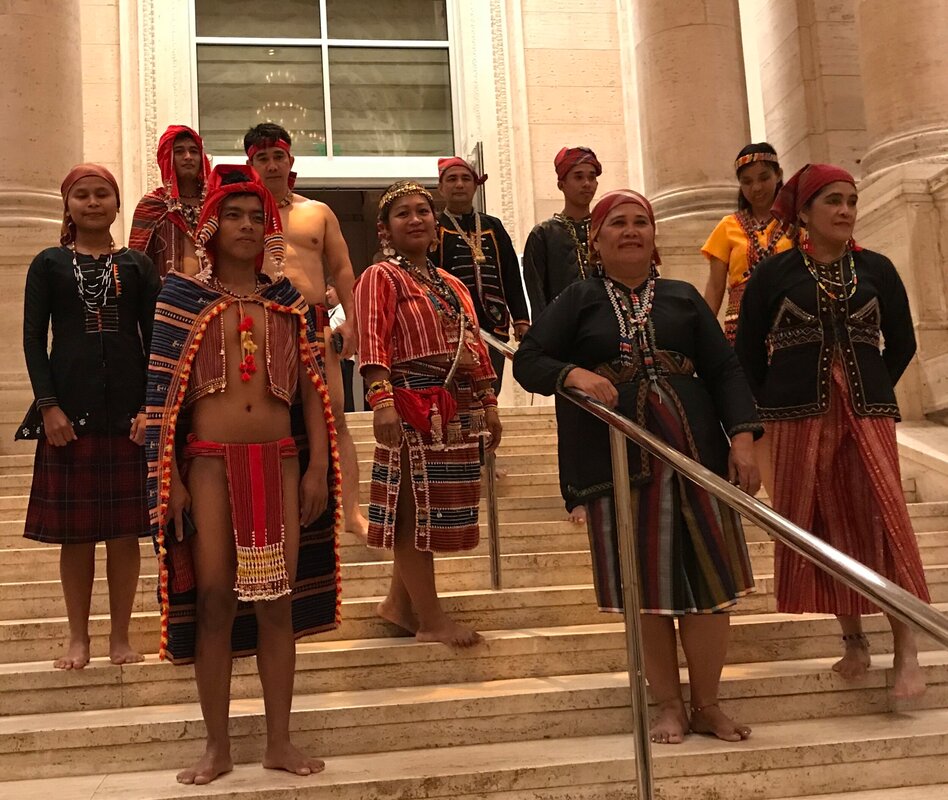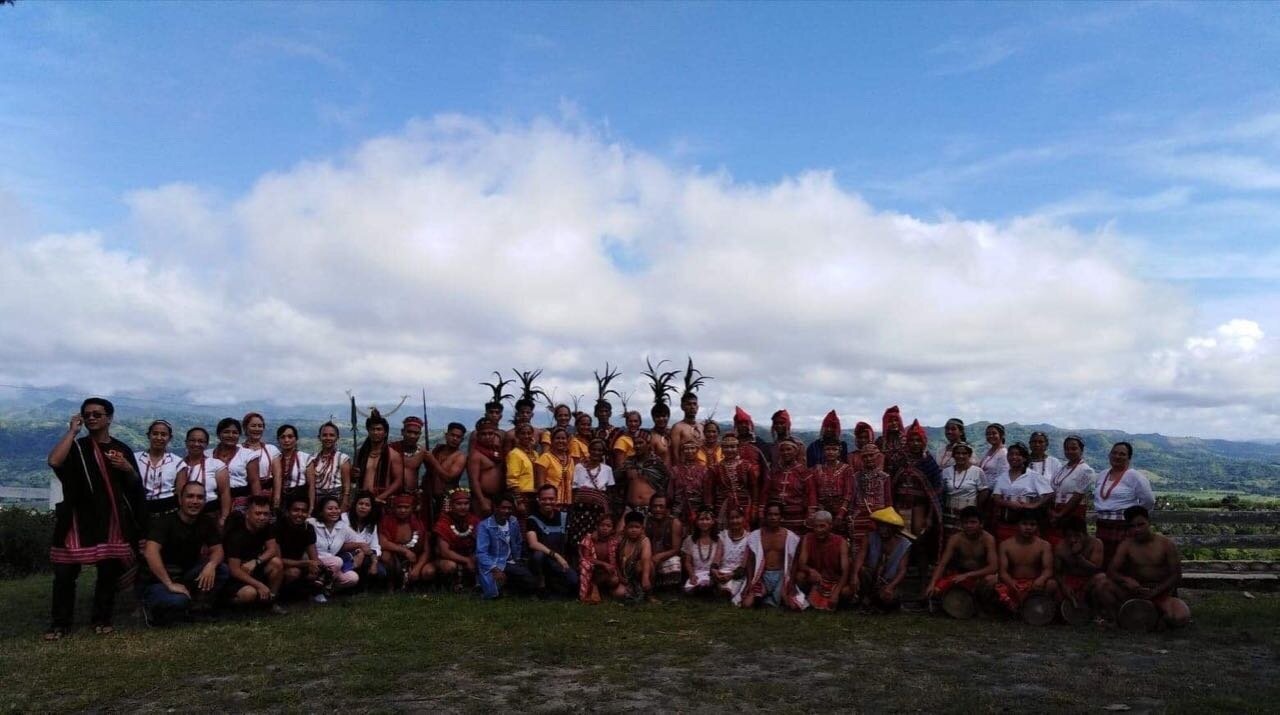|
11/08/18 21:14
The Hinabi Project (THP), a project of the Philippine Writers and Artists, Inc. (PAWA) brings to San Francisco the distinctive styles of weaving from two regions physically separated by formidable mountain ranges and by their historical experience. The common perception in colonial history was that Northern Luzon and the Cordillera shared little by way of its cultural products because one was Christian, the other animistic and pagan. Traditional weaving in the Cordilleras was intricately a part of ritual life. Certain textiles embodied magical functions such a protection from harm, or symbolized status and wealth. Important individuals known as kadangyan were buried with their prized blankets. It is said the more blankets, hence more thread counts, was a deterrent from malevolent spirits getting into the spirit of the deceased. The Cordilleras, largely inaccessible to Spanish missionaries, remained animistic until the United States acquired the Philippines from Spain and became the focus of Anglo-Saxon conversion to Protestant and Anglican denominations. Baguio, the American summer capital, although the first indigenous population to be acculturated to Anglo-Saxon culture in the Cordillera and served as a model of the American civilization process, kept its weaving tradition intact. For the duration of the Manila-Acapulco galleon trade, the Ilokos was an important source of cotton fabric for naval sail. Native cotton grew in the lowlands to which Cordillera weavers would trade for their forest products. Undoubtedly, textile design ideas migrated as well and became part of the inabel Ilokos weaving repertoire. Cordillerans continued to weave their de- signs within their repertoire of ancestral motifs. These can be color band combinations, abstract peaks, human and animal figures. Ilokos inabel, on the other hand, has undergone a long pro- cess of secularization and while vestiges of ritual wear might be displayed in Catholic religious festivities, its production is more mercantile than an assertion of ethnic identity. Nonetheless, Ilokos weavers have developed their inabel styles incorporating flowers, spirals, and geometric combinations, to name a few. Through its efforts The Hinabi Project brings this exhibit to San Francisco to display the rare artisanal weaving from both traditions and to suggest, if not show, that traditional artistic ideas and motifs can bridge contemporary design. To find out more about THP and how you can support its projects, please visit www.thehinabiproject.org.
0 Comments
Leave a Reply. |
AuthorWrite something about yourself. No need to be fancy, just an overview. Archives
December 2018
Categories |



 RSS Feed
RSS Feed